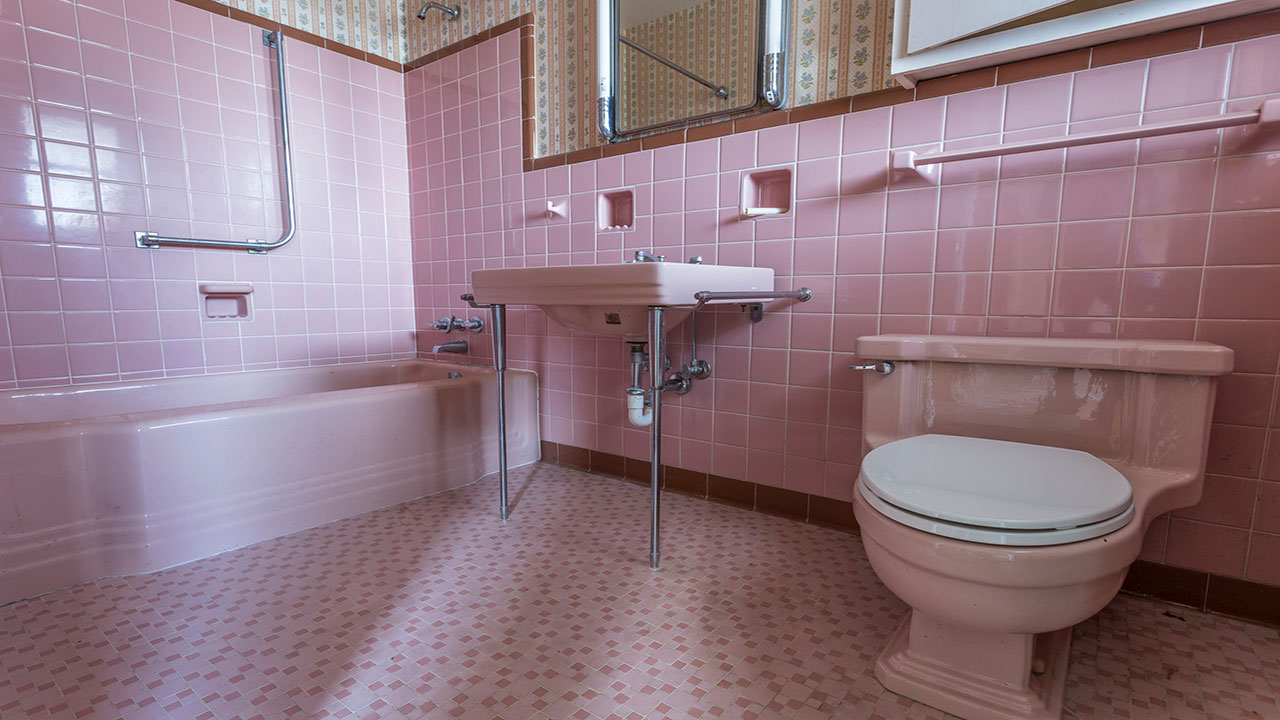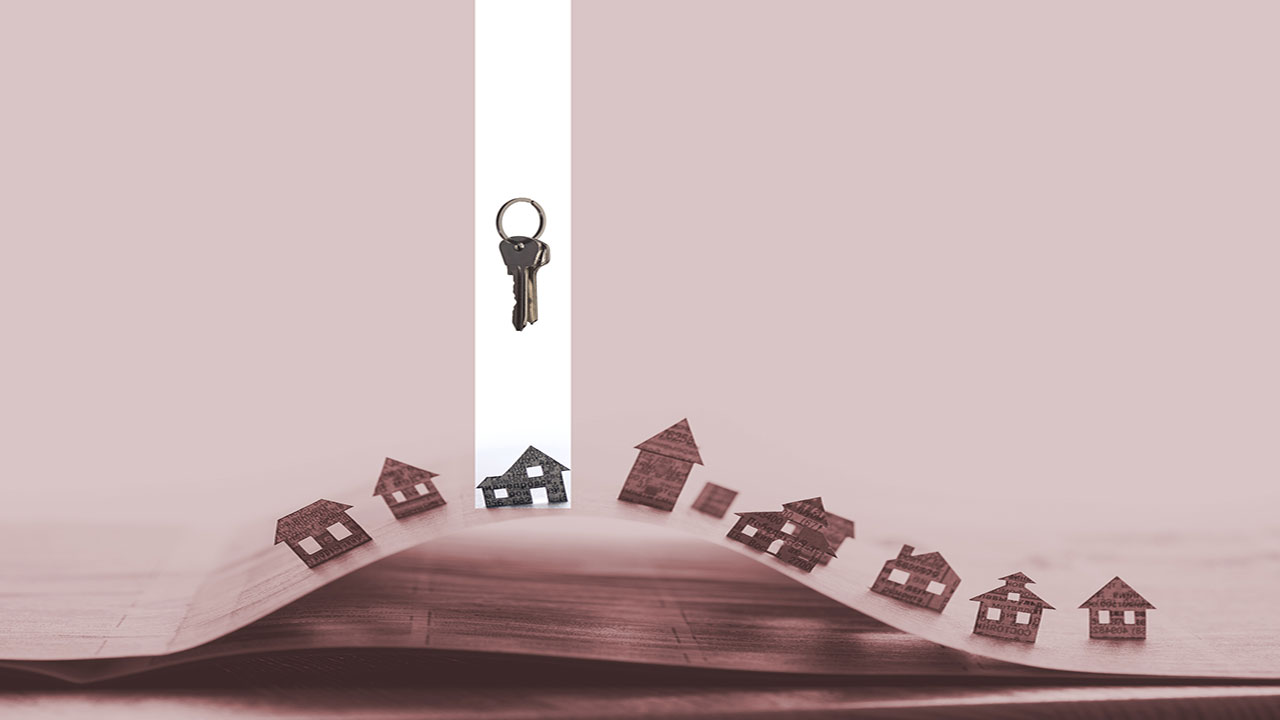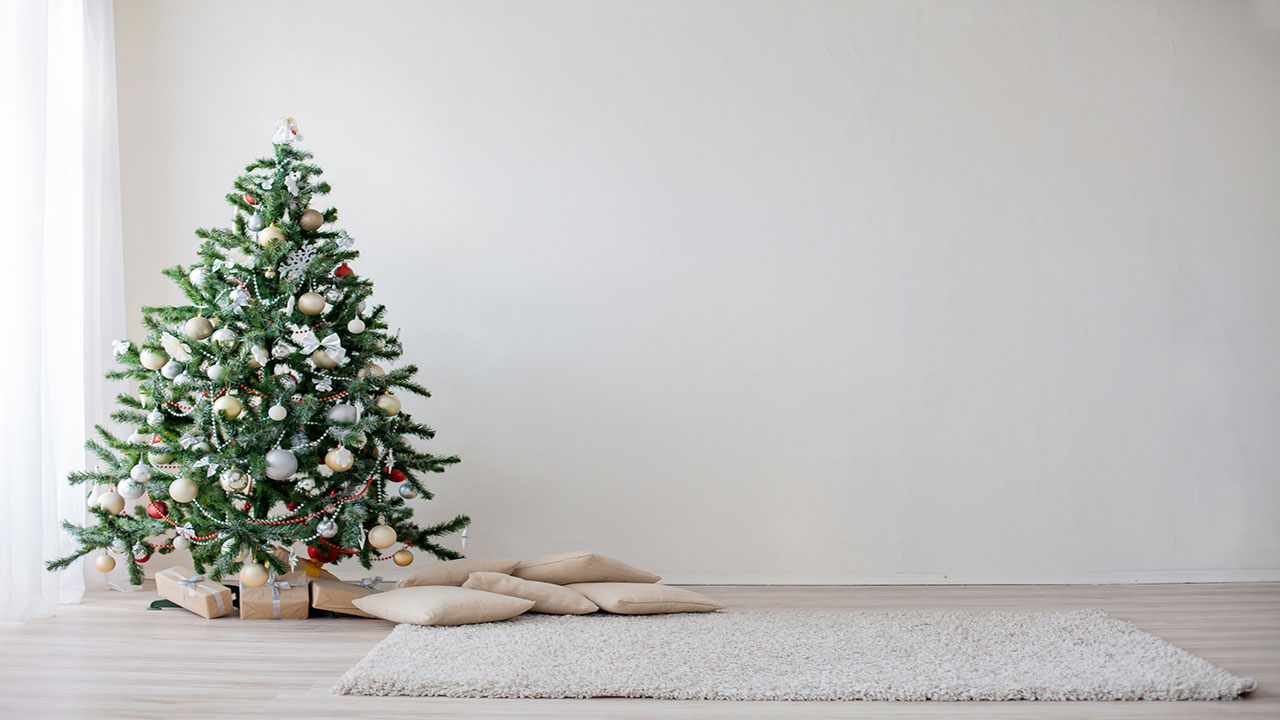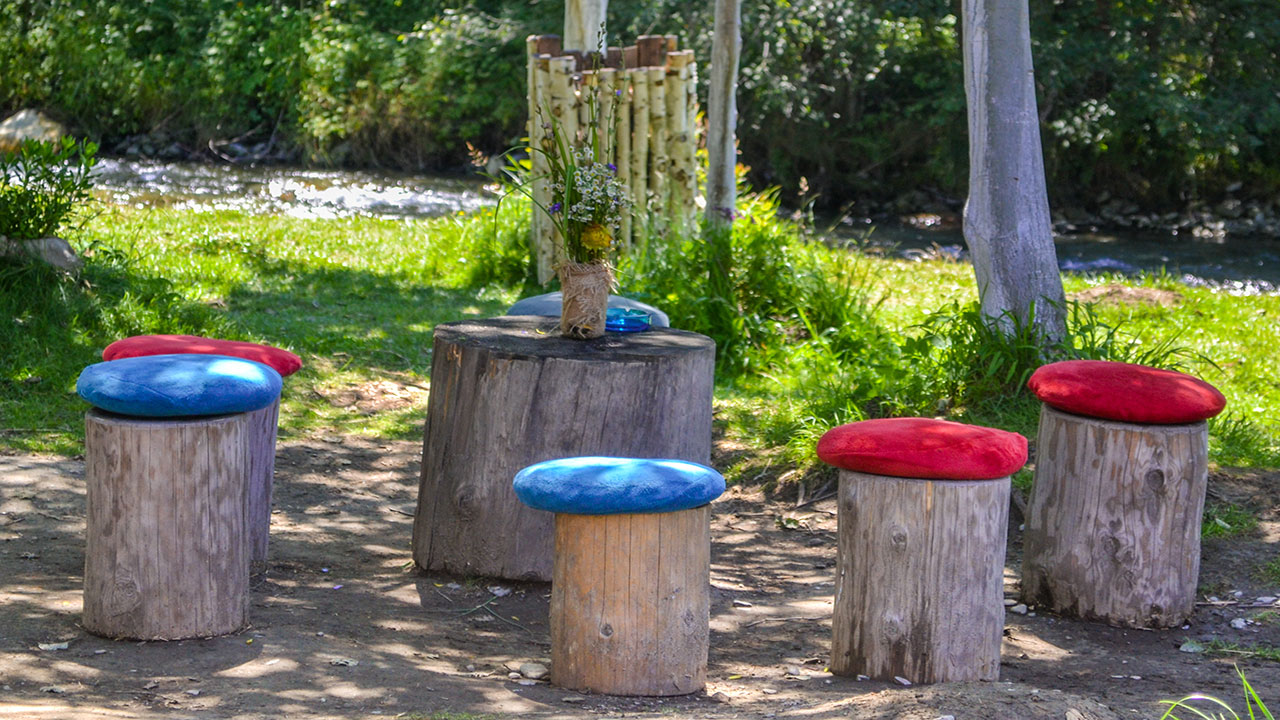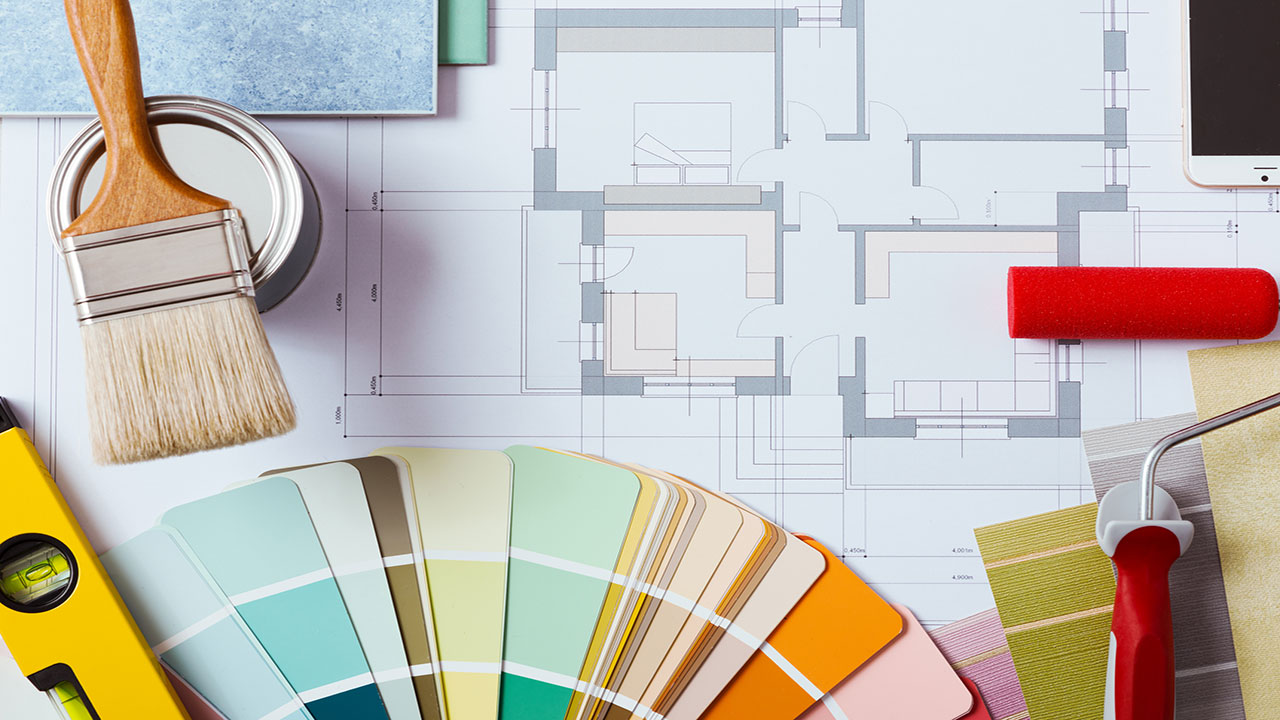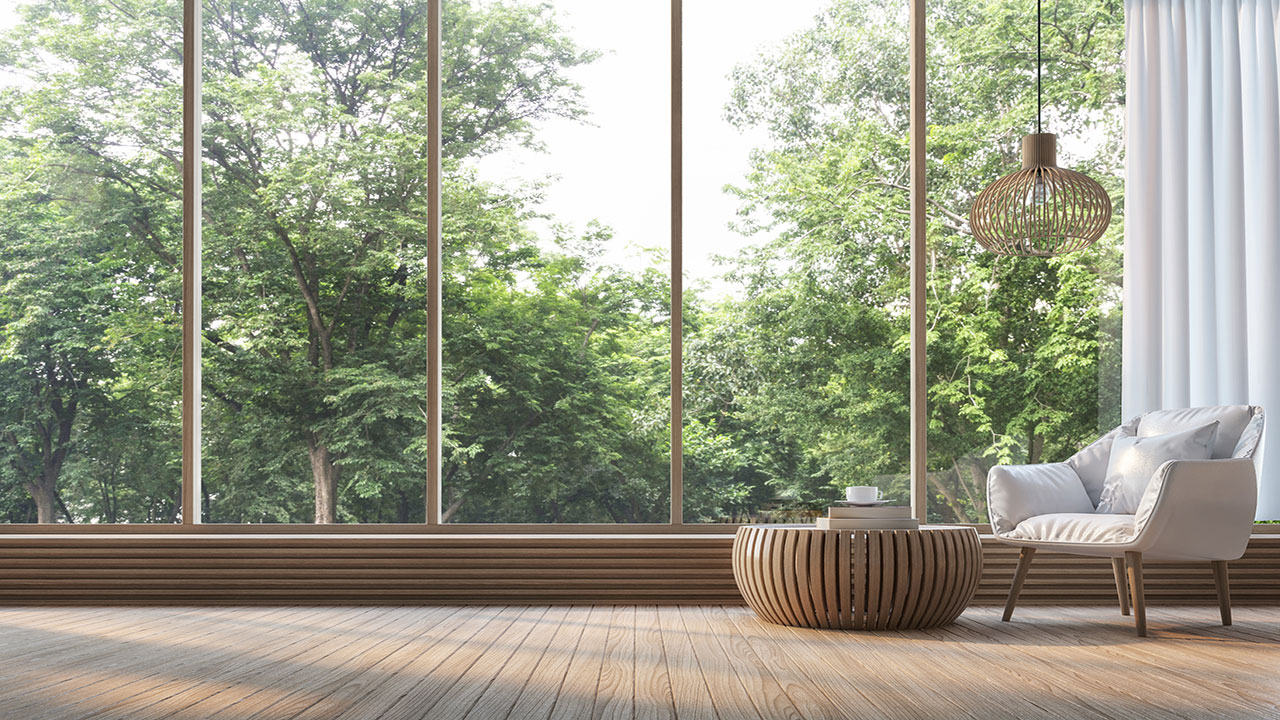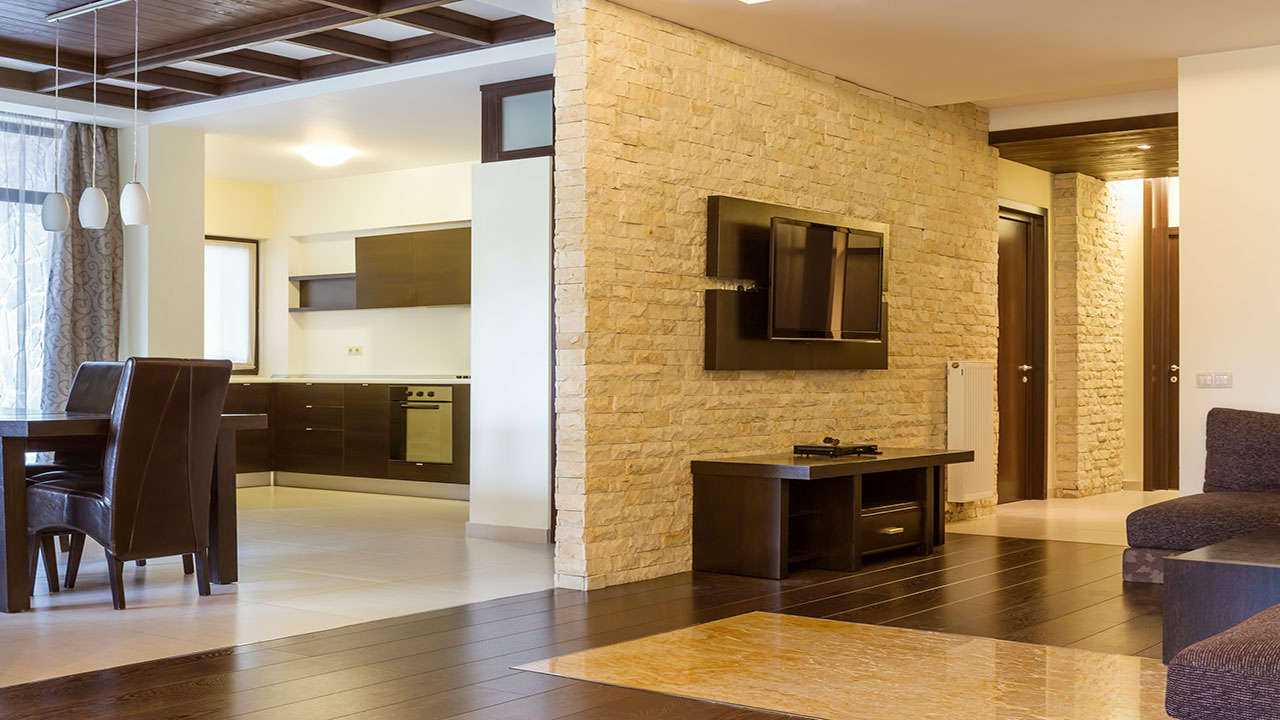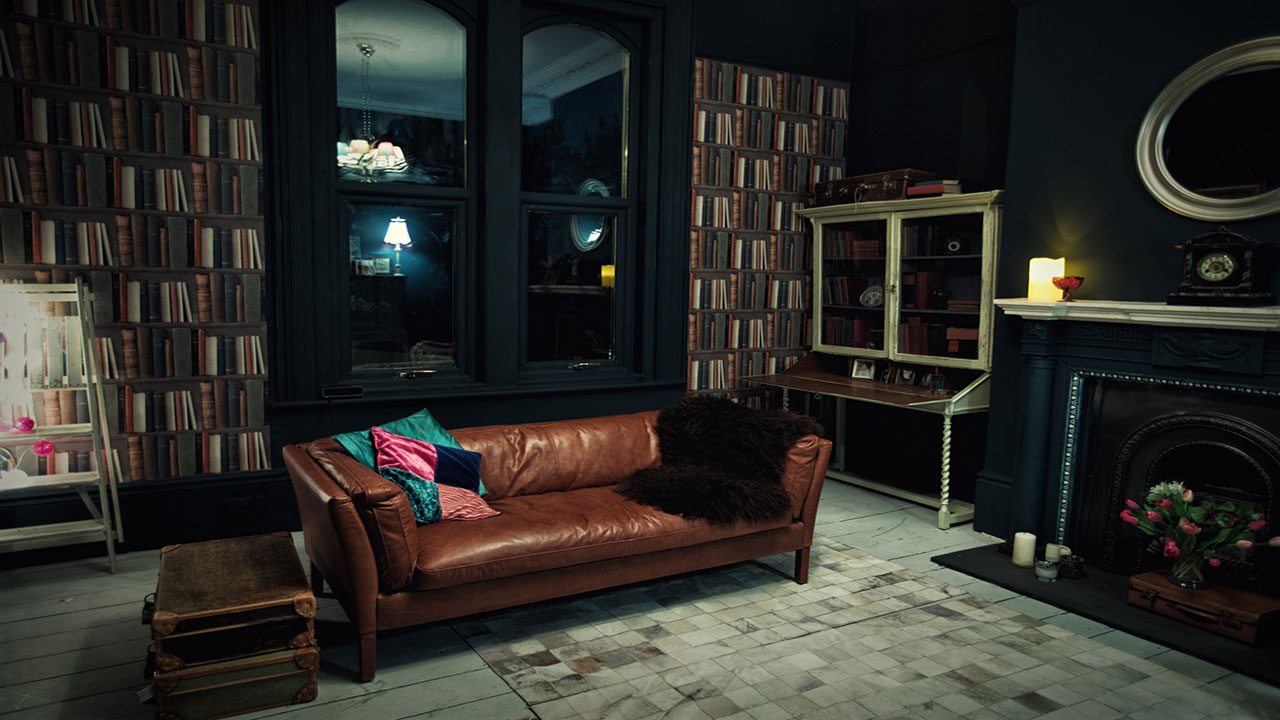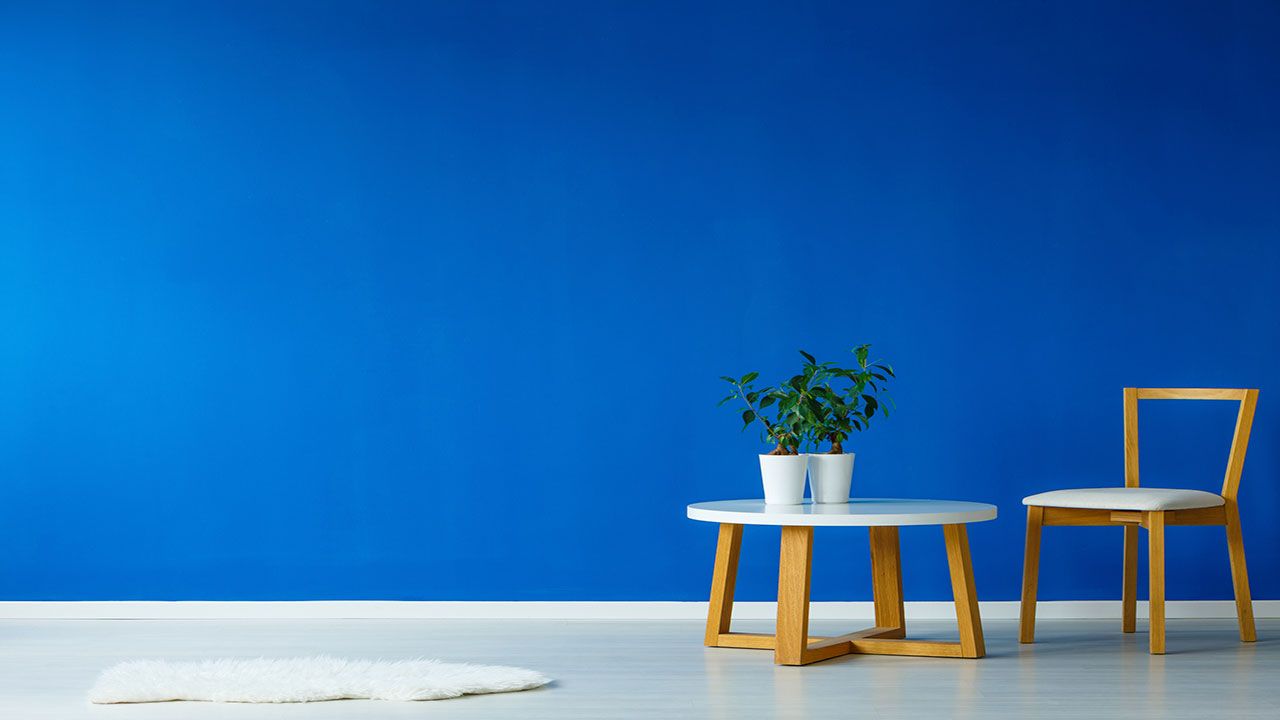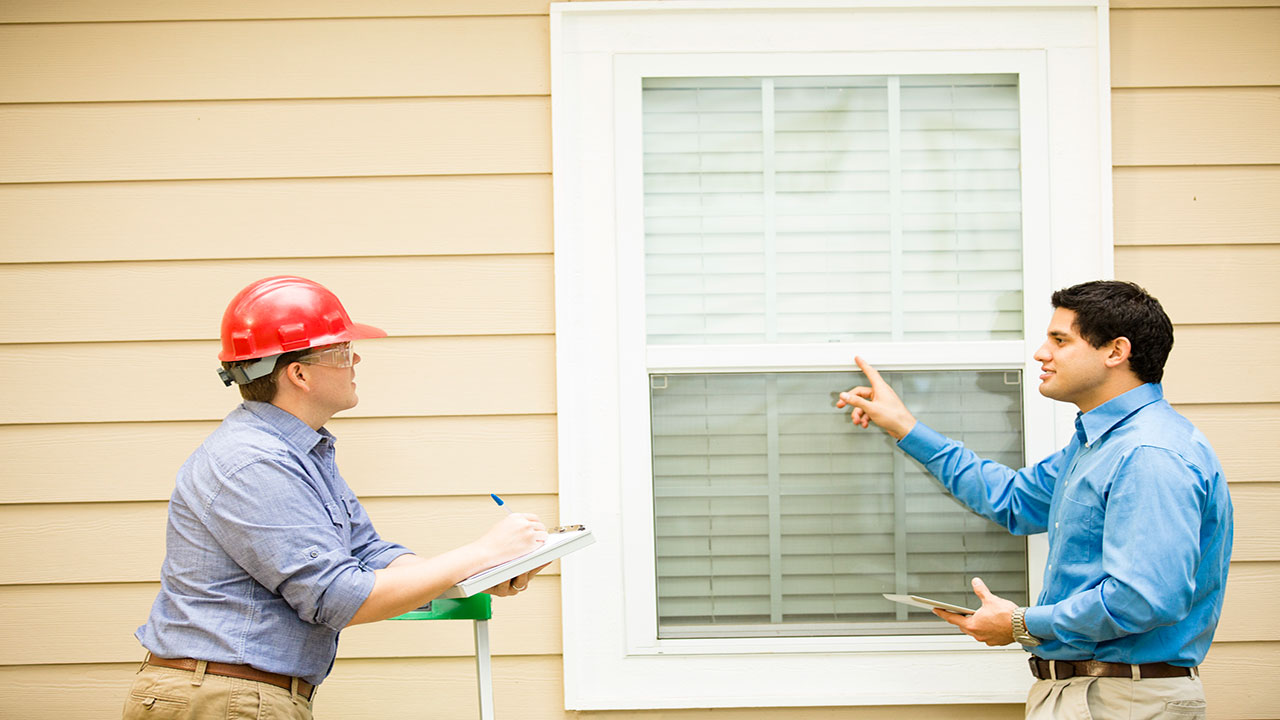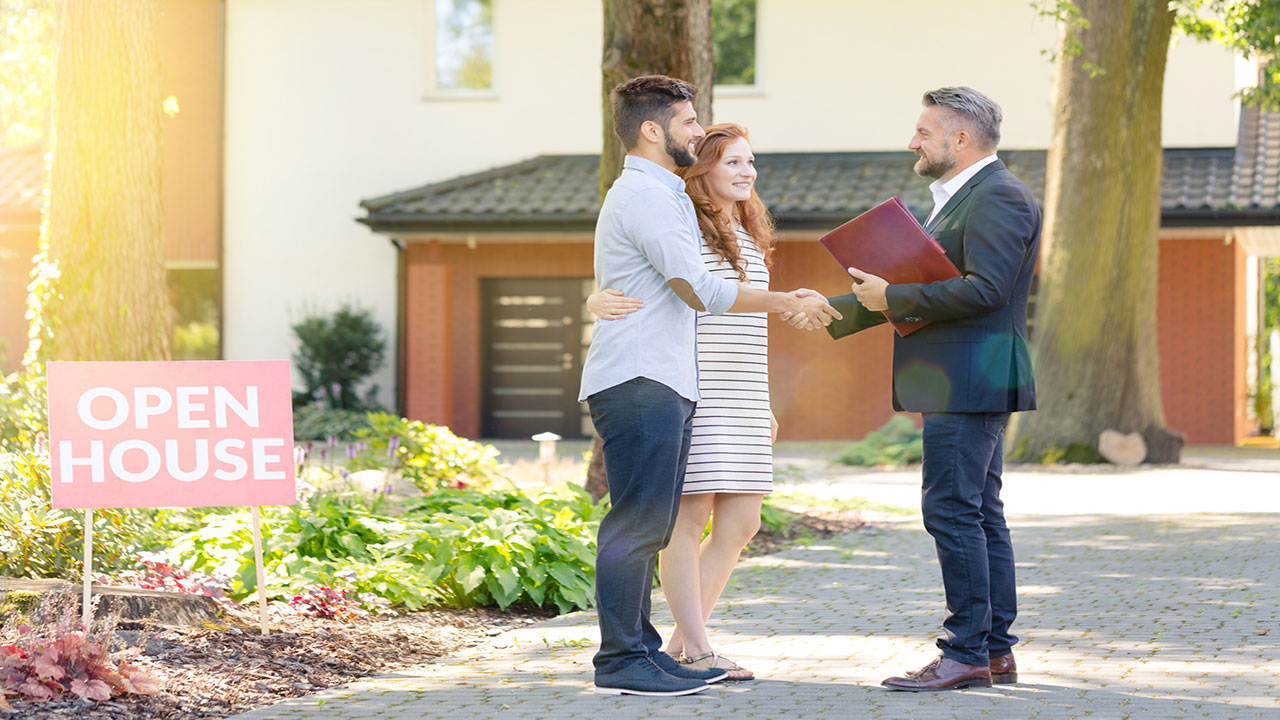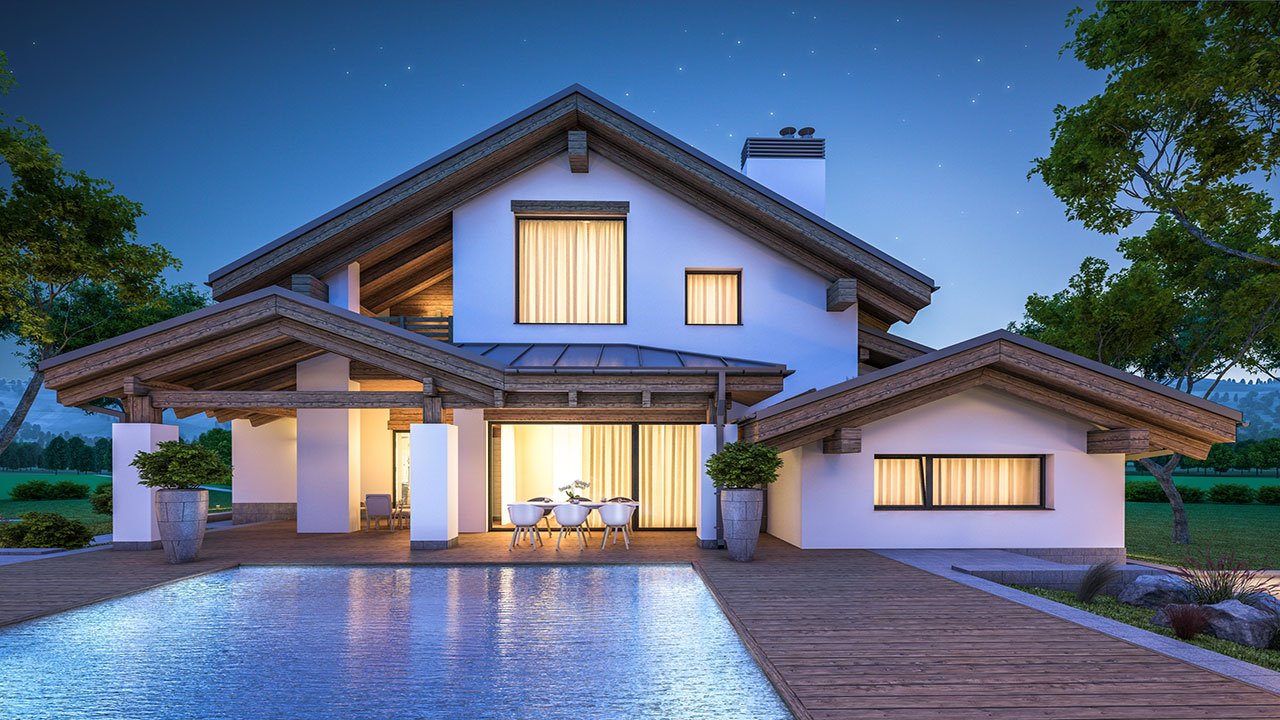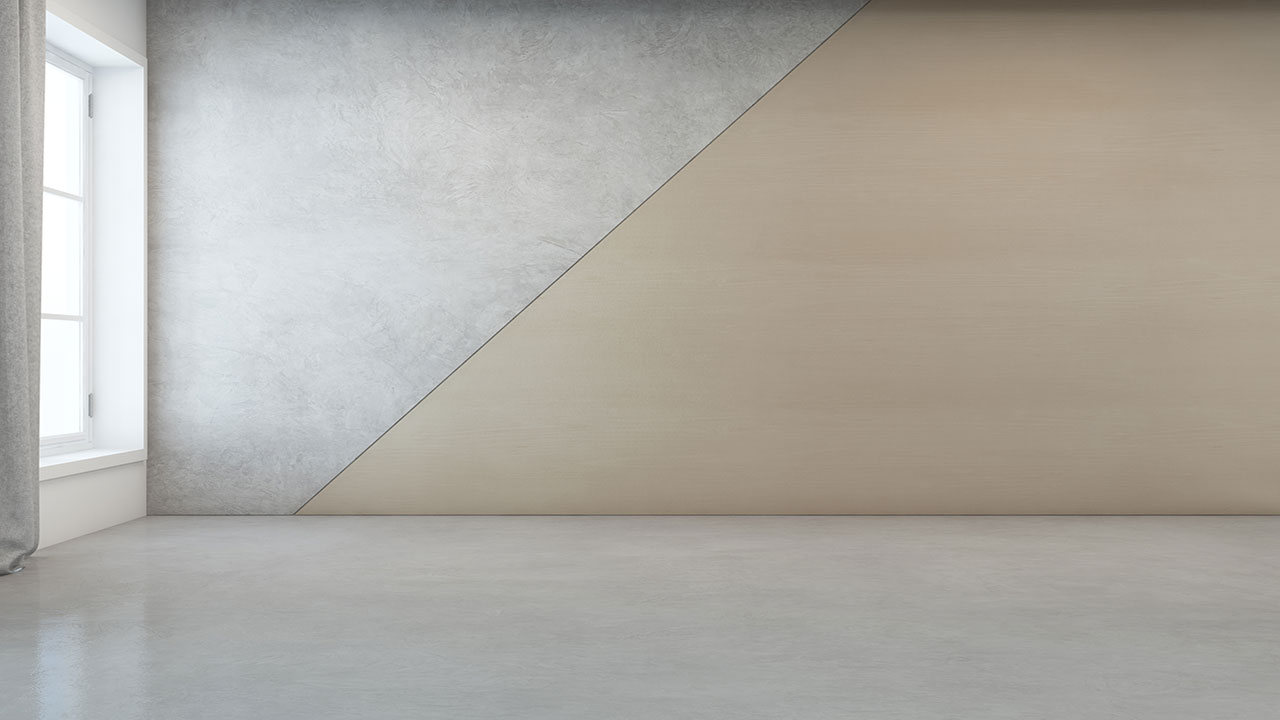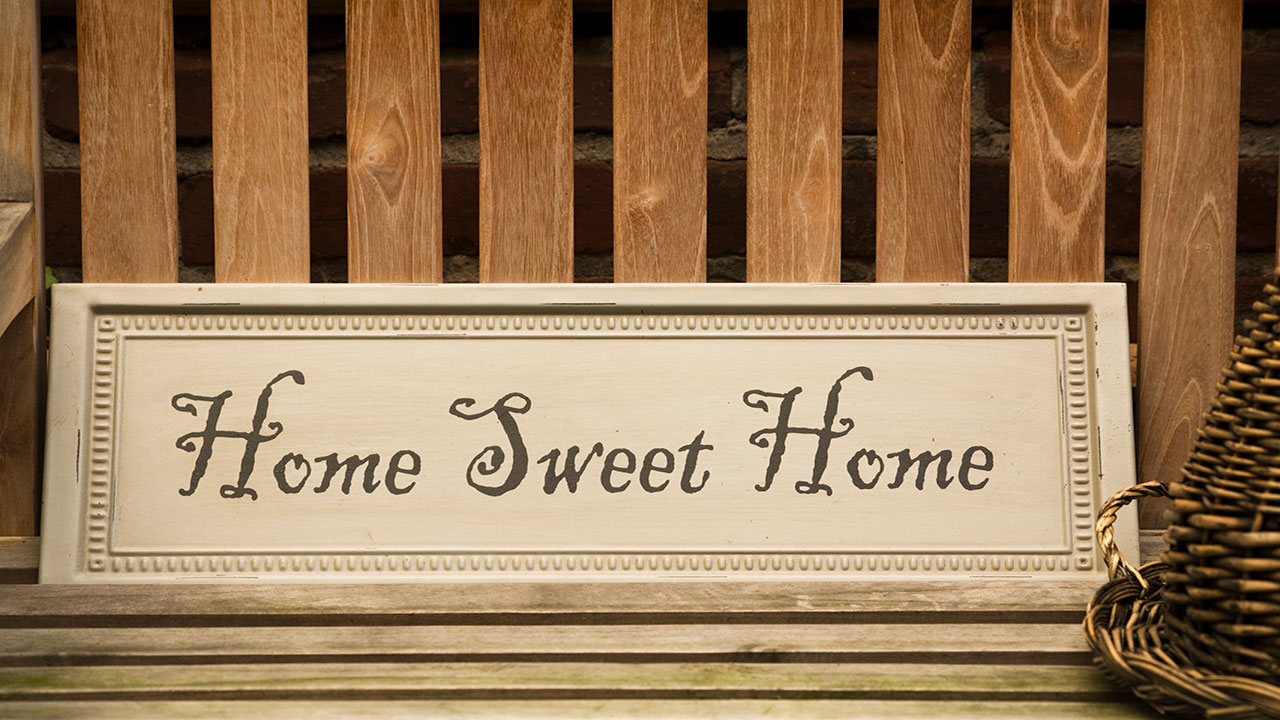Rent or Sell? Questions to Ask Yourself to Help Make the Right Decision

California has been in the midst of a sizzling seller’s market right now with demand for housing and tight inventory driving up prices through the roof. If you’re planning to make a move, selling would likely be a great option.
But what about renting out your home and turning it into an income property? If the numbers line up, would it be worth it for you to hang on to your home and generate some income through rent, or should you just cut your ties and sell before moving on to something else?
Before you choose which route to take, you should ask yourself a few important questions to ensure you’re making a sound decision.
Do you have unrealistic expectations about hanging onto your home?

You might want to rent out your home instead of selling it as a means of making a passive income and trying your hand at real estate investing. But you may even just want to rent rather than sell so you can hang onto your beloved home that you’ve developed an emotional attachment to. If that’s the case, be sure that your decision to rent it out is based on sound research and number-crunching just to keep your home in your possession.
The need to hold onto a home by renting it out can turn out to be a bad decision for some homeowners. Tenants may not necessarily care for your home the way you would, so if you are particular about how your home is lived in, you may be sorely disappointed if renters are hard on your home and leave it in poor shape. If you are considering renting the home just to hang onto it, be sure that you’ve carefully considered the possibility that it might have to be repaired and improved between renters.
How much is the average rent in the neighborhood?
The idea of collecting a rent check every month to cover your mortgage might sound very attractive, but make sure you can command the amount of rent you need to cover your mortgage. Before you start looking for tenants, do some research into what the average rent is in the area for a property like yours. Don’t just look at what current listings are asking, but take a look at recently leased properties to see what they’ve been rented out for.
This is where a real estate agent comes in very handy – they’re not just for buying or selling. These professionals will be able to pull a report that lists similar properties in your area that have been recently rented out and the rent price they’ve been able to command. This will give you an approximate idea of what you can potentially rent your home out for.
Will the rent (and the costs of renting) cover the mortgage payments?

Once you’ve figured out how much rent you can realistically charge, your next step is to do some math to see if the rent covers all expenses related to operating the property. Unless you’ve got a sizeable bank account that doesn’t rely on paying for the mortgage and all other expenses, you’ll want to be sure to factor in all expenses and determine whether or not the rent you charge adequately covers all related costs.
Consider the following expenses that you’ll be responsible for paying:
Mortgage (including both principal and interest)
Property taxes
Homeowner’s insurance
HOA fees (if applicable)
Landlord insurance
Advertising fees
Maintenance and repairs
Property management fees (if you’re paying someone else to manage the property)
Is there a chance that you could move back?
You might have thought about renting instead of selling because there’s a chance that you could be moving back. Maybe you’ve been temporarily transferred to another office for work or simply want a change of scenery for a little while. Whatever your situation might be, there may be a possibility that you could be moving back to the area
If that’s the case, renting may be a viable option, as it could actually be cheaper and less complicated to rent rather than go through the sales process, then have to find a new home to purchase when you return.
Are you looking to take advantage of tax deductions?
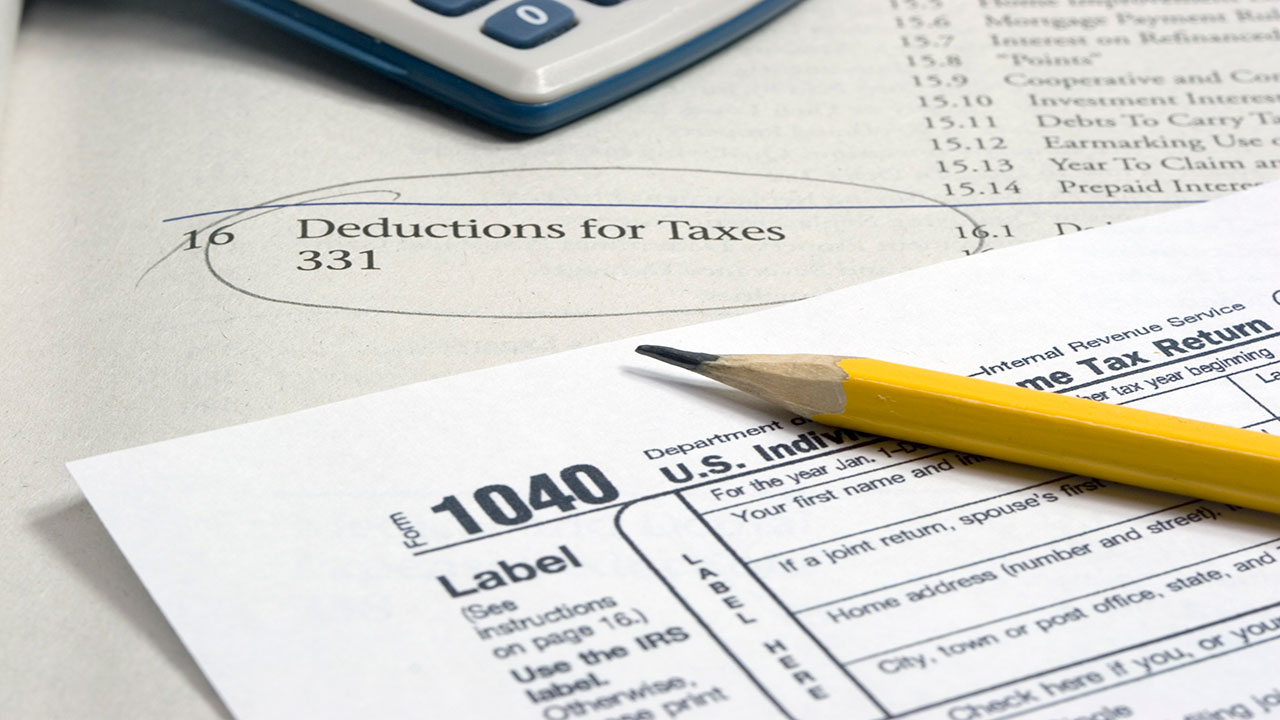
Renting out a home can offer you some tax deductions that can help to offset the costs associated with carrying an investment property. In the majority of cases, you can claim deductions on any depreciation related to the home.
In the simplest of calculations, your annual depreciation would be the price paid for the home and whatever you spent on improving it (not including land value) divided by 27.5 years. So, if the home cost you $400,000, less $50,000 for land value, your annual depreciation would be about $12,727 ($350,000 ÷ 27.5 years). You can also deduct any repairs and property taxes related to the investment property. These deductions can go a long way in reducing your overall expenses.
Will housing prices continue to increase over the near future?
If you believe housing prices will continue to increase at a rapid pace over the next few years, it might make sense to hang onto the home in order to sell at a much higher price point and make an even bigger profit, if you can carry an additional mortgage.
However, if you wait too long to sell, you could be faced with capital gains taxes, which brings us to our next question.
Have you considered capital gains taxes if you sell?
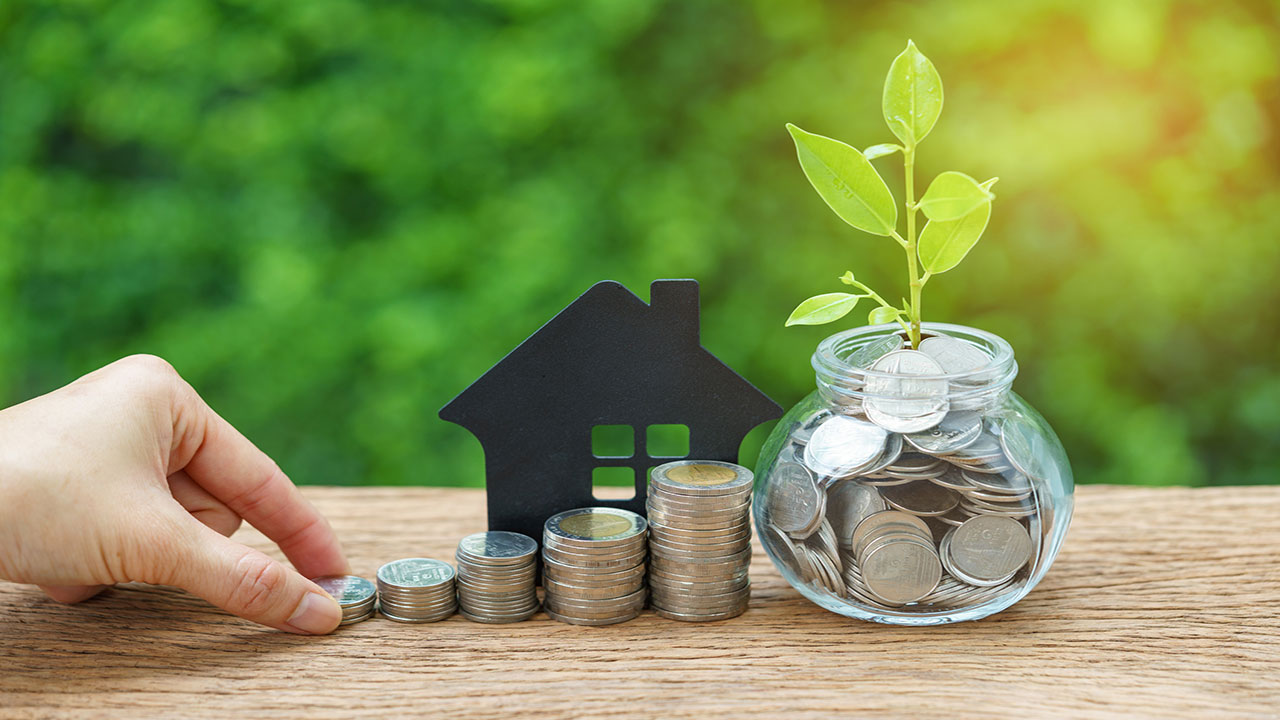
If you sell a home that’s not your primary residence, you will be required to pay capital gains taxes. The property would be considered your primary residence if you live in it for two out of the five years before you sell it. But if you sell after renting for more than three years, that home won’t be considered your primary residence anymore, which means you’d be faced with a potentially hefty capital gains tax bill when you sell.
If you’re planning to rent out your home, make sure you understand how much you might possibly have to pay in capital gains taxes. You may even want to move back into your home in order to make sure the home qualifies as your primary residence before selling.
Can you buy another home without the proceeds of selling your current property?
The majority of repeat homebuyers tend to use the proceeds of the sale of their homes to be put towards a new home purchase. Considering how expensive a home purchase is, any amount of money that can be tapped into is a great help.
If you need the equity in your current home to be used as a down payment for a new home, then selling might be your best bet. On the other hand, if you can manage buying a new home without depending on the proceeds of your current property, then renting might be financially possible for you.
Are you prepared to become a landlord?
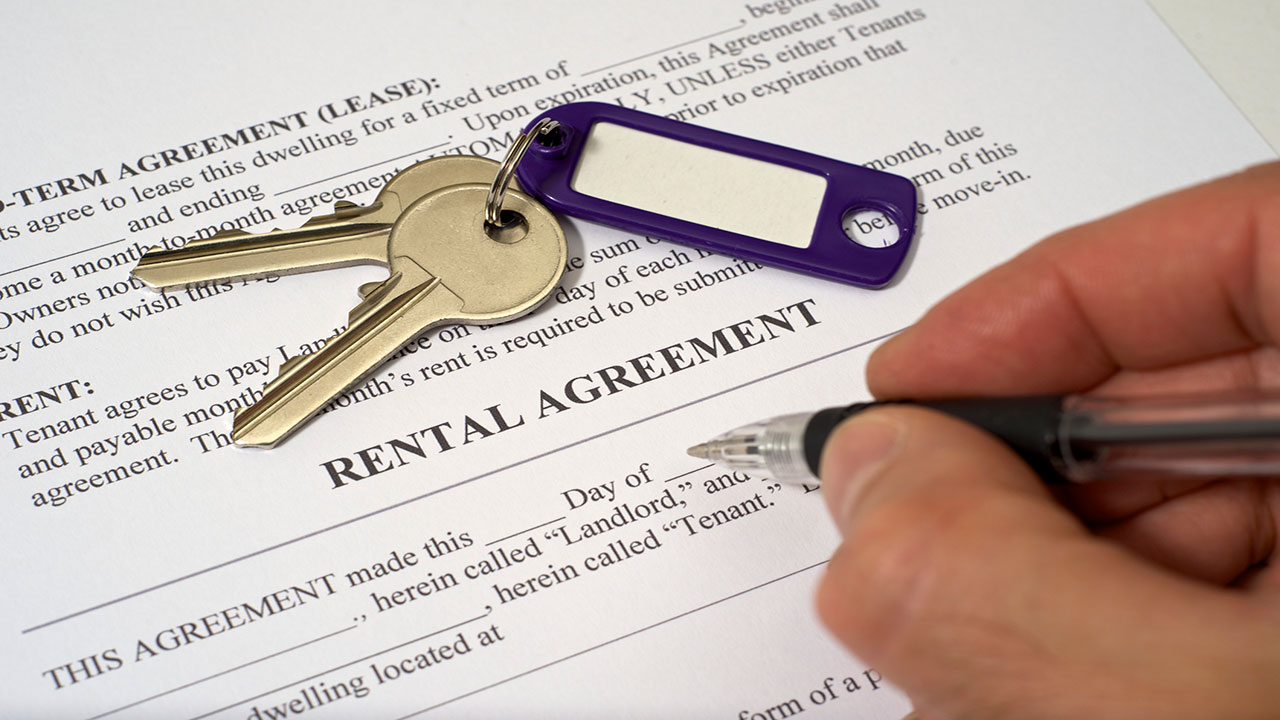
Even if the numbers make sense to rent, have you considered what being a landlord would be like? In a perfect world, you’d be able to find an awesome tenant right away who will pay rent on time every month and take great care of your property. But that’s not always the case.
You’ll need to be prepared to market the property for rent, schedule showings, take calls from your tenants, collect rent checks, maintain the property and make repairs, and deal with complaints. This can be aggravating and can take up a lot of your time. And if you don’t live very close to the home, that can make the job of a landlord even more difficult.
Of course, you can always hire a property management company to handle these tasks for you, but you’ll have to pay them. Just make sure this added expense doesn’t eat too much into your profits.
Are you educated on tenant and landlord rights?
You can get yourself into real trouble if you make a move that violates the landlord-tenant laws in your jurisdiction. These rules dictate how you conduct yourself as a landlord, including how much you can increase the rent and how you’re allowed to evict renters. Make sure you’ve familiarized yourself with these rules and regulations to avoid landing in legal hot water.
The Bottom Line
If it’s time to move, selling is always the more obvious choice. But if you have valid reasons for holding onto your home and have crunched the numbers, renting might be a financially viable alternative. Before you make your decision, be sure to consult with a real estate professional who has experience dealing with both sales and rentals in your area to find out which option is best suited for your situation.




